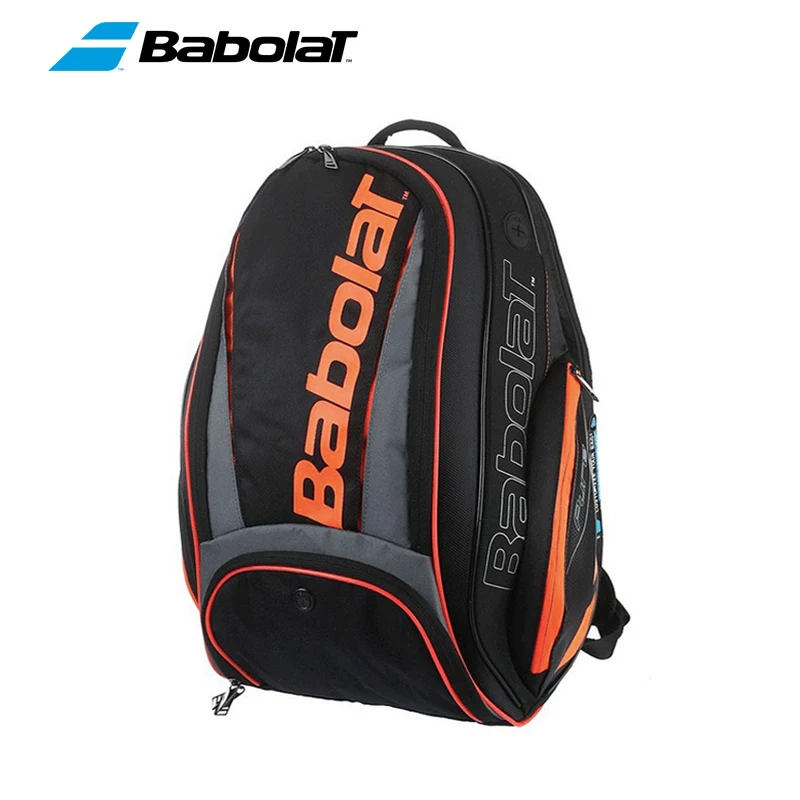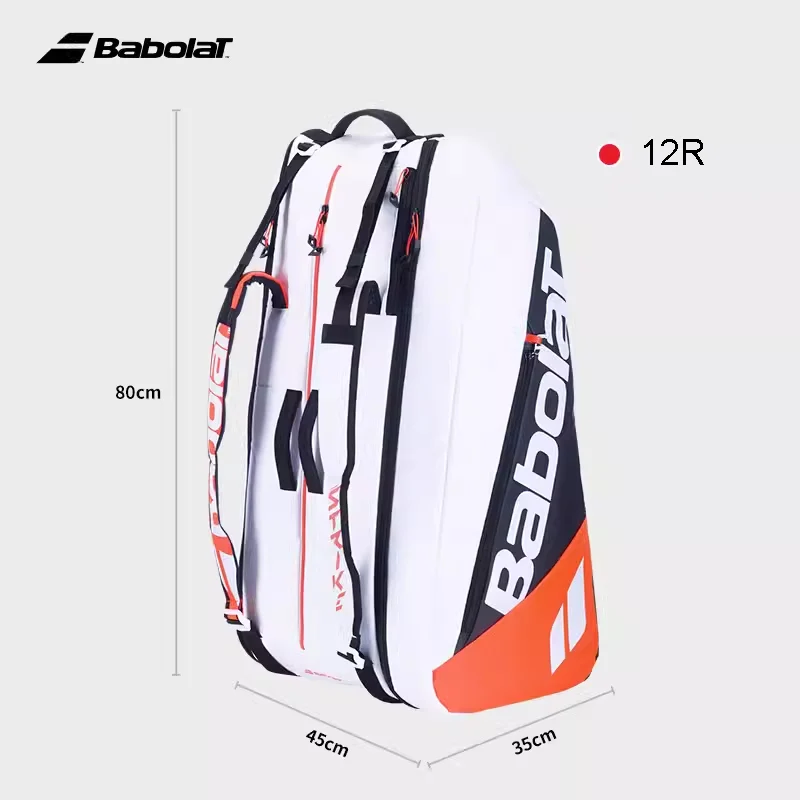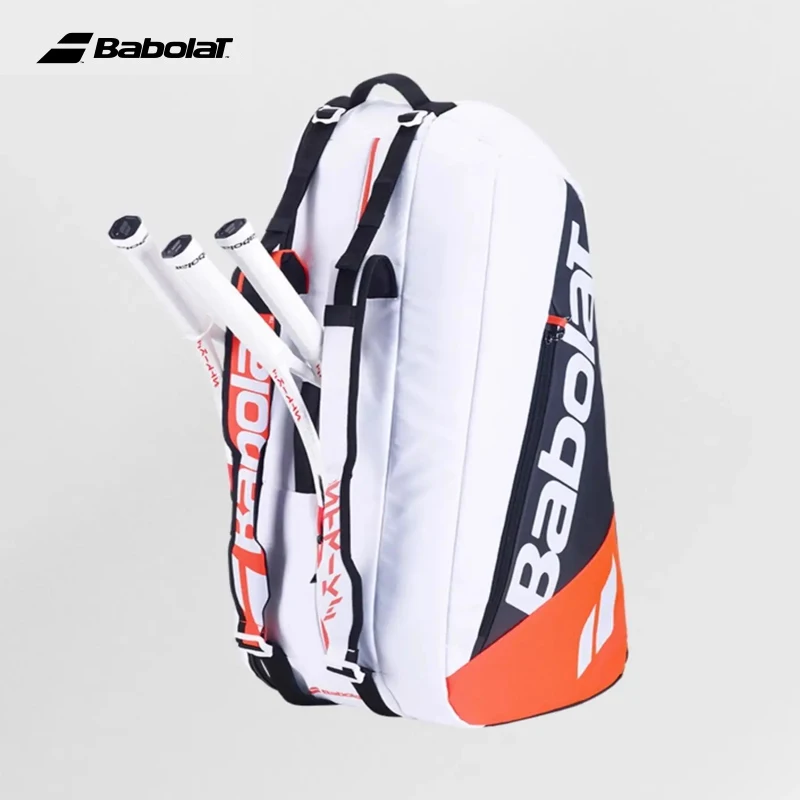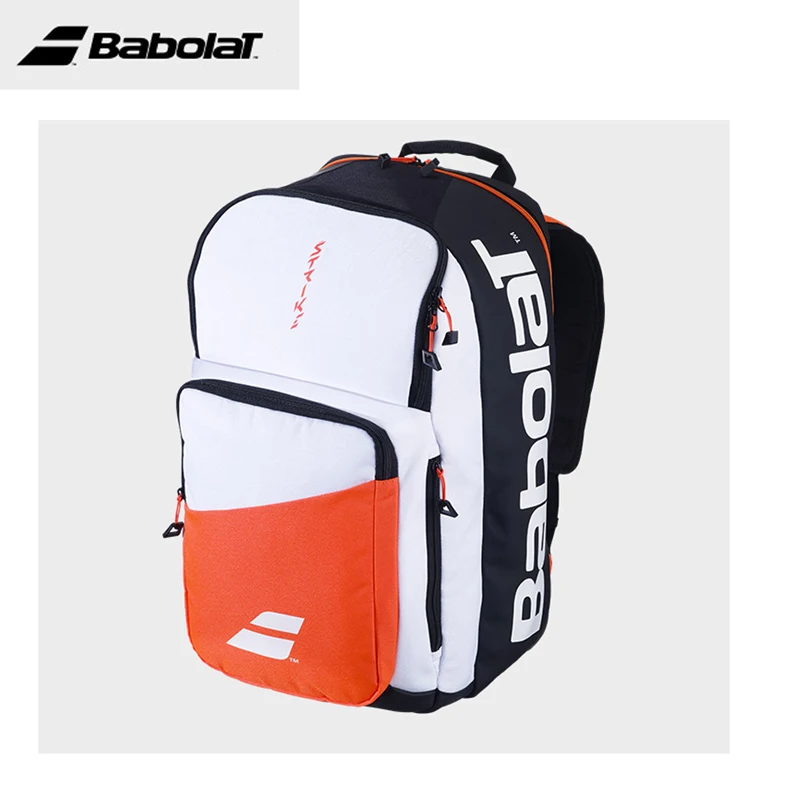Why Doesn't the US Military Have Advanced Exoskeletons or Powered Armor Suits Like in Video Games and Movies?
Despite advancements in technology, the US military does not yet have exoskeletons or powered armor suits widely deployed. While such technologies have been featured in popular media, there are several reasons why their widespread adoption in the real world has not occurred:
- Technical Challenges: Exoskeletons and powered armor suits present significant engineering challenges. They must be lightweight, durable, and provide enhanced mobility without sacrificing maneuverability. Current prototypes often require external power sources, limiting their operational time and range.
- Cost and Complexity: Developing and producing exoskeletons and powered armor suits is an expensive and time-consuming process. The cost of equipping large numbers of soldiers with such technology would be prohibitive. Furthermore, the complexity of the systems introduces maintenance and logistical challenges.
- Battlefield Considerations: While exoskeletons and powered armor suits may provide advantages in certain scenarios, they also come with drawbacks. They can hinder soldiers' ability to navigate uneven terrain, enter confined spaces, or operate vehicles effectively. Concerns about vulnerability to electromagnetic pulses and cyberattacks also exist.
- Ethical and Legal Implications: The use of exoskeletons and powered armor suits raises ethical and legal questions about the potential for increased lethality and the impact on the laws of war. Their deployment would require careful consideration of the consequences.
- Infantry Doctrine: Traditional infantry doctrine emphasizes agility, stealth, and the ability to adapt to changing conditions. Exoskeletons and powered armor suits may not always align with these principles, requiring a reevaluation of current tactics and strategies.
Related Questions:
- Q: Are there any exoskeletons or powered armor suits in development?
- A: Yes, several prototypes and research projects are underway worldwide.
- Q: Why aren't exoskeletons widely used in civilian applications?
- A: Cost, complexity, and lack of clear commercial applications have limited their adoption.
- Q: Could exoskeletons be used for disaster relief or other non-military purposes?
- A: Yes, exoskeletons have potential applications in various fields, such as construction, industry, and healthcare.
- Q: What are the future prospects for exoskeletons and powered armor suits?
- A: Continued advancements in technology and reduced costs may make their widespread use more feasible in the coming years.
- Q: How do exoskeletons and powered armor suits compare to traditional armor?
- A: They provide enhanced protection and mobility, but also have limitations in terms of weight, agility, and operational time.
Popular Exoskeletons and Powered Armor Suits:
- Ekso Bionics
- Lockheed Martin FORTIS
- Sarcos Robotics Guardian XO
- Boston Dynamics Atlas
- Hyundai ExoVest
Pre:What is known about Gashadokuro
Next:What happens if you run into a Gashadokuro



















